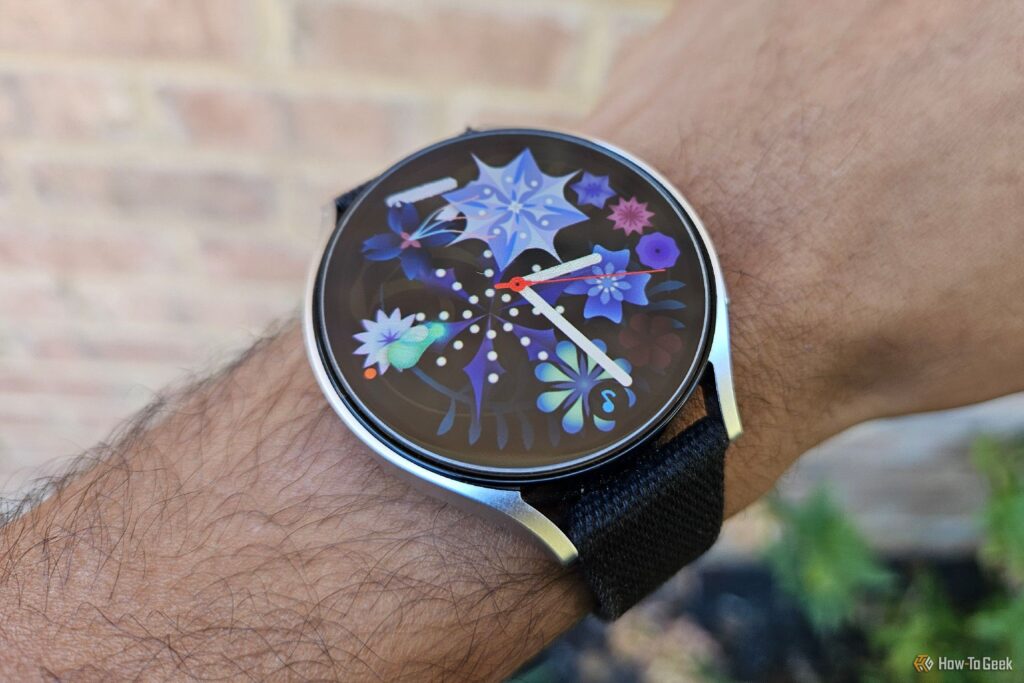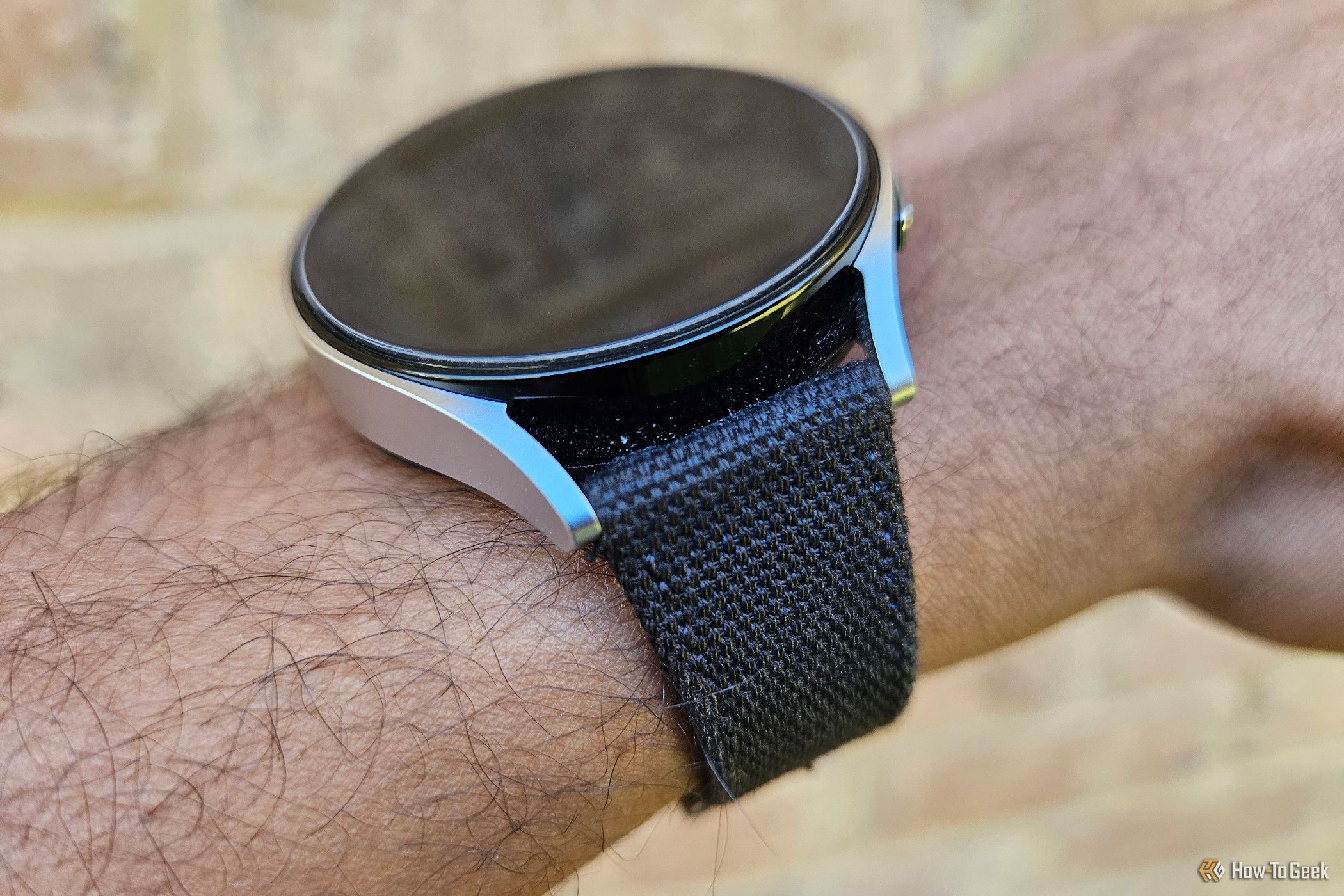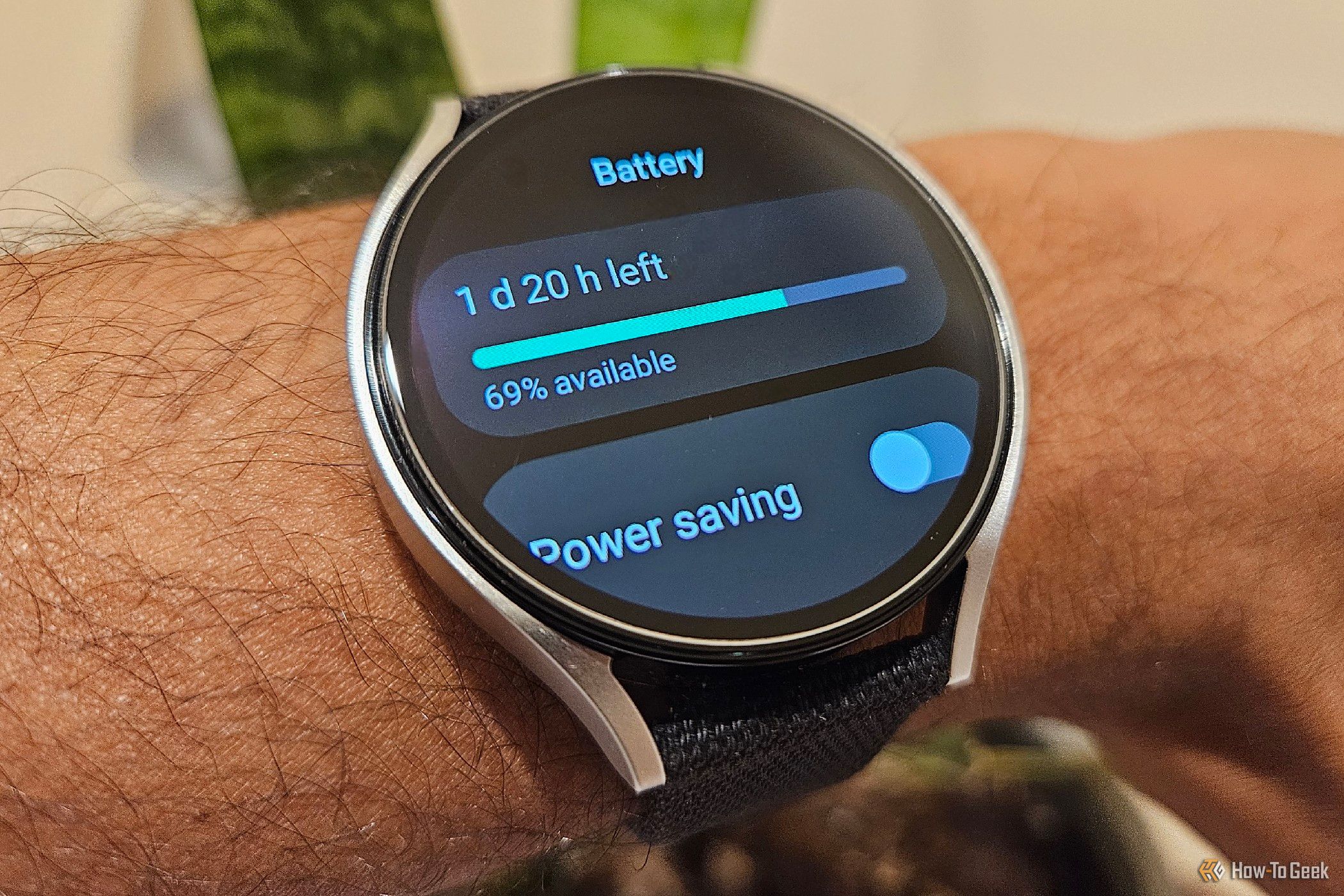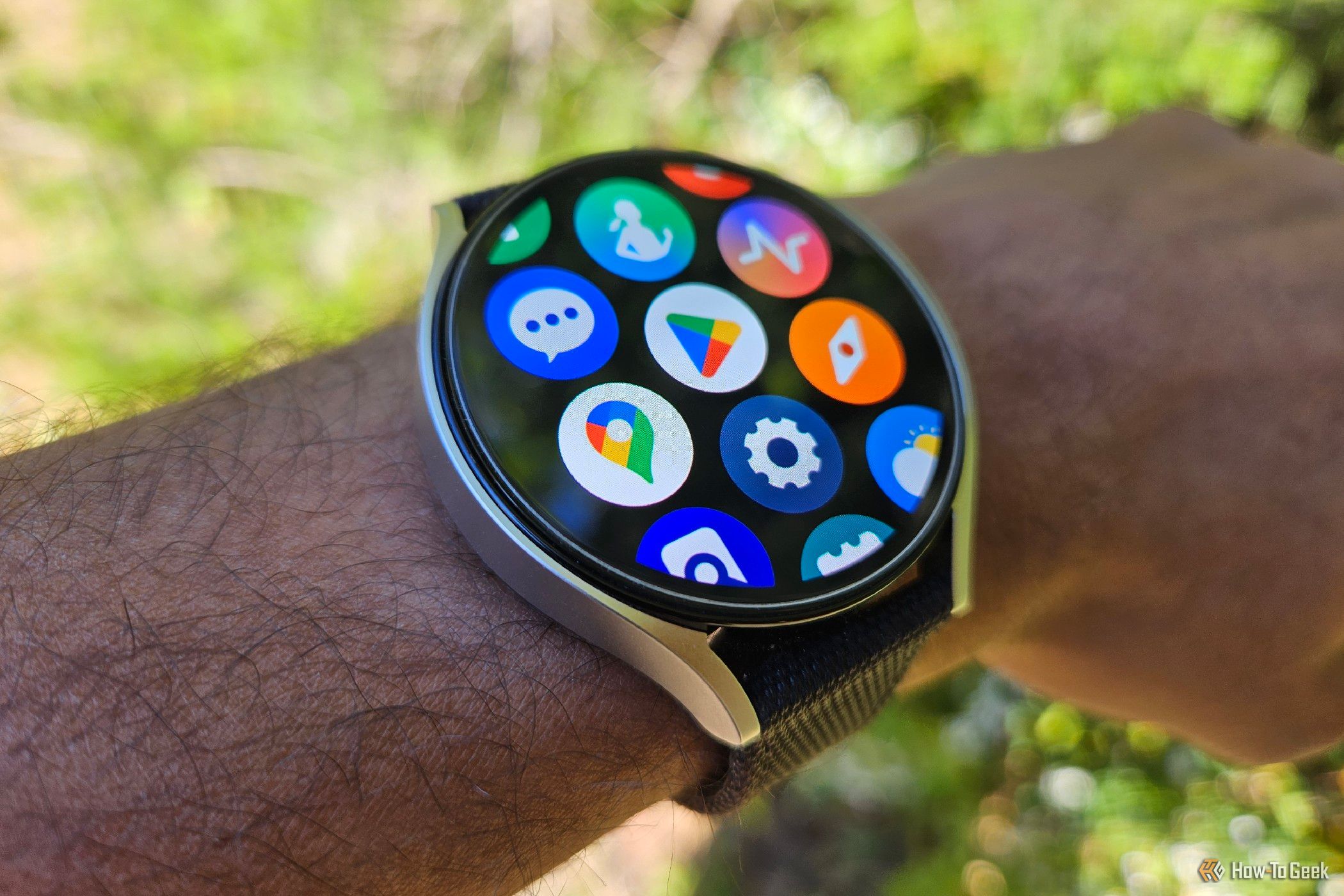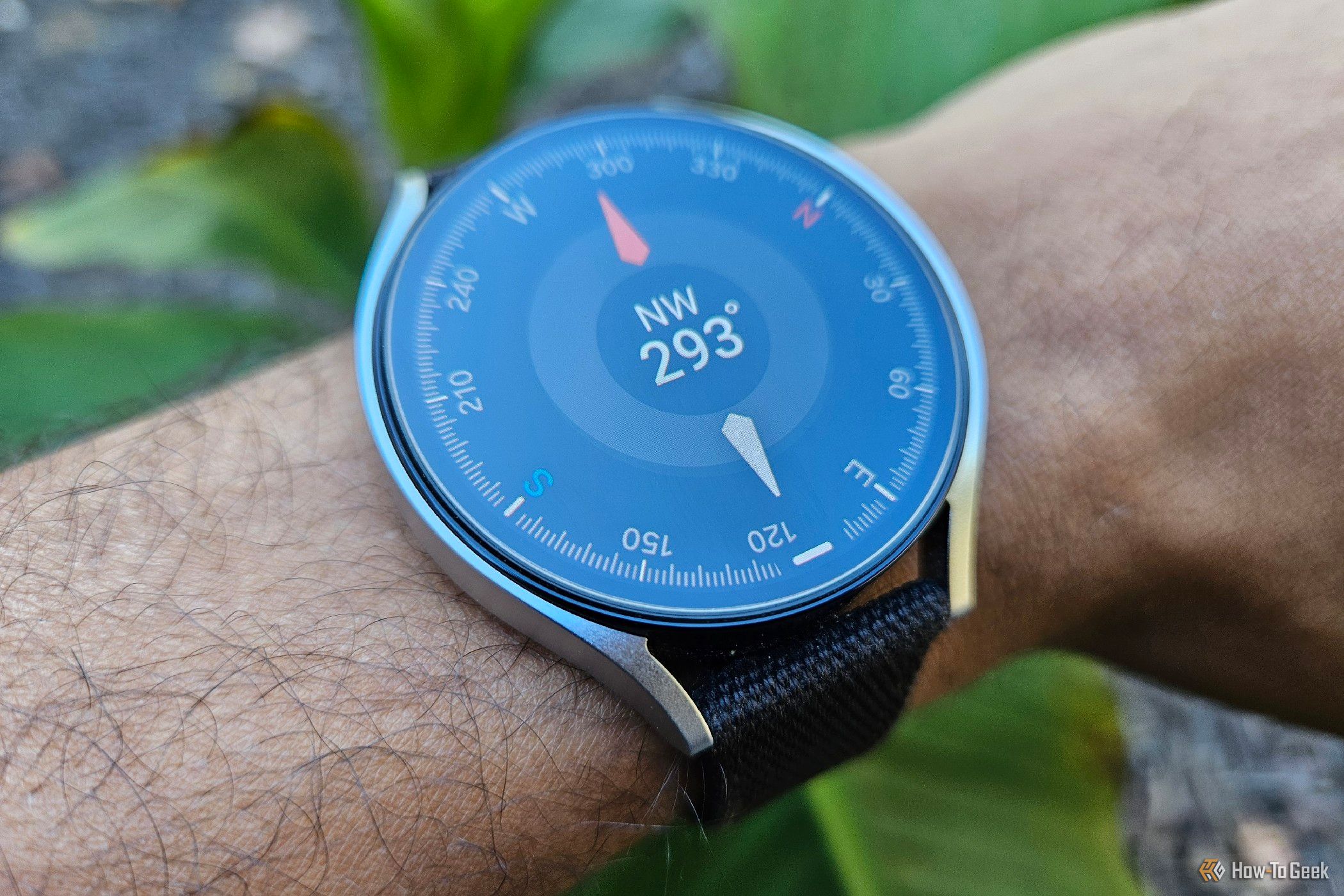I’ve been taking a few swings at owning a smartwatch. My first purchase was a Moto 360, back when Wear OS was called “Android Wear.” My most recent one was the original Pixel Watch. Neither attempt was very successful. I decided I might have better luck with the Galaxy Watch. Here’s why:
Samsung watches are more durable
I’ve read reviews that warn that the Pixel Watch, which only has Gorilla Glass 5 protection, can get scratched much more quickly than the Galaxy Watch or Apple Watch. I shrugged it off. I’m a relatively cautious person, so I thought it would be okay.
It wasn’t okay. After just two months, my Pixel Watch had more scratches than I’ve ever seen on any watch. I immediately ditched my Pixel Watch and decided to use a regular watch instead.
The new Pixel Watch 3 still relies on the same Gorilla Glass as the original. In contrast, the Galaxy Watch 6 I purchased is made with sapphire crystal glass, which is said to be much more durable. I haven’t had the Galaxy Watch long enough to see how well the screen holds up, but I’ve owned another watch with a sapphire crystal glass and haven’t had any scratches yet, so I’m not too nervous. I haven’t.
If you’re buying a watch for around $200, durability is frankly a good reason to sway your decision. Even if you like everything else about the Pixel Watch, it doesn’t really matter if the watch ends up being too ugly to keep on your wrist.
Can wear standard watch bands
The Pixel Watch came with a plastic sports band. The Galaxy Watch also comes with a thick plastic strap. I bought both watches with the intention of replacing the default bands, as I don’t find either one particularly appealing.
For the Pixel Watch, this was a big challenge. Because it uses a proprietary connector, I had to order a strap designed specifically for the Pixel Watch. Google’s official one is very expensive and I ventured into a metal mesh band that costs about the same price as I spent on the watch itself.
Google’s magnetic band didn’t fit my wrist properly, so I returned it. So I tried another one I bought on Amazon, but the connection to the watch was loose and it felt cheap overall. By the time I returned it, my Pixel Watch was scratched and I gave up.
Galaxy Watch uses standard connectivity and is compatible with 20mm watch bands. I removed the black Bananatex watch strap from my Mudita Moment watch, attached it to my Galaxy Watch, and that was it. I don’t have to spend time looking for a new strap because I’m happy with how it looks.
Battery life lasts for several days
The original Pixel Watch was panned by reviews (including our own) for its relatively short battery life. This was another area I had overlooked by telling myself that if I charged it every day, it would be fine. In my experience, I charge my devices about a day and a half between charges, so I actually end up charging them every day. It quickly became annoying.
Newer versions have improved battery life, but it looks like Google hasn’t caught up with Samsung yet. Now that I have the Galaxy Watch on my wrist, the battery life is about 3 days.
Admittedly, this is not an apples-to-apples comparison. I have a 44mm Galaxy Watch, which has a larger battery than the smaller 40mm version. The Pixel Watch I purchased didn’t have a larger model option at the time, so I don’t know what the battery life would be like on the larger model. We checked the specs for the 45mm version of the Pixel Watch 3, but Google only guarantees up to 36 hours with battery saver enabled. My watch is showing 69% with battery saver turned off (always on display also turned off) and 44 hours remaining.
my watch is integrated with samsung phone
When I bought the Pixel Watch, I had a Motorola phone (the one that plugs into this lapdock and connects to this Razer Kiyo v2). I’ve never owned a Samsung phone, and my concept of what a Galaxy device was still based on the TouchWiz era. I didn’t want any extra bloat, nor did I like Samsung’s old style. I wanted to connect a standard Wear OS device to a relatively stock Android smartphone.
I currently drive a Galaxy Z Fold 5 daily (both as a phone and as a PC) and was surprised to find that I actually prefer the One UI experience over stock Android. I like the theme, and I like Samsung’s apps. The fact that the Galaxy Watch is better integrated with Samsung devices was a plus for me.
The necessary wearable app looks just right next to other Samsung apps. Also, the fact that you can manage both your watch and Galaxy Buds using the same app is pretty cool, albeit with mixed feelings. It is gradually absorbed into the ecosystem. However, if I had to choose, I prefer Samsung’s ecosystem over Apple’s. Restrictions are still quite relaxed.
I looked into the Galaxy Watch app launcher.
On the Pixel Watch, it took me a while to figure out how to launch the Clock app. This experience is built around the watch face, not the watch app. To get a list of installed apps,[設定]You’ll need to look in the menu or double-click the watch button. I kept forgetting the shortcut was there. Still, this shortcut felt like an easy way to access a list of apps that weren’t meant to be the focus.
Samsung offers a set of app icons that you can view at any time by swiping up from the bottom of the screen, just like on your phone. This spread of icons also appears in Samsung’s promotional materials. The icons are larger than on Google’s Watch, and I like the way they’re placed.
I’ve never owned an Apple Watch, but I know that both Samsung and Google’s app launchers can be compared to Apple’s app launcher. Samsung’s look is similar to Apple’s grid view (although on the Galaxy Watch, app icons can only be scrolled vertically, whereas Apple’s icons can be scrolled in any direction). Google uses List View instead (which is available as an alternative option for Apple Watch). Which one you prefer is a matter of taste, but I really like Samsung’s approach.
Contains most of the clock apps you want
The Pixel Watch, like most Pixel smartphones, has fewer pre-installed apps with the functionality you need. The Pixel Watch has built-in alarms and timers, but I had to look for third-party apps for a compass and voice recorder. You can stream music from YouTube, but if you want to play local files, you’ll also need third-party software.
Galaxy Watch already has all of this built in. Not only that, but these default apps are pretty great. I prefer Samsung’s Compass app to the alternative app I had previously installed. I wasn’t looking for a wrist calculator, but it’s nice to have one. Do I need a photo gallery app for images stored directly on my watch? No, but Samsung’s Gallery app works well and I like the options.
It’s also nice to have options that aren’t so dependent on the cloud. Tasks you save using Samsung Reminder on your phone will appear on your watch even though you haven’t saved them anywhere online.
I haven’t owned a Galaxy Watch for very long, so I’m not sure if it will be the first smartwatch I want to use long-term. For now, the odds look in our favor. This is the first smartwatch I’ve owned, and within the first few days of owning it, I already had no complaints. Samsung watches, like the Apple Watch, may not be all that new or exciting anymore, but they have grown into high-quality watches. In my eyes, this remains the most sophisticated option Android has to offer.


